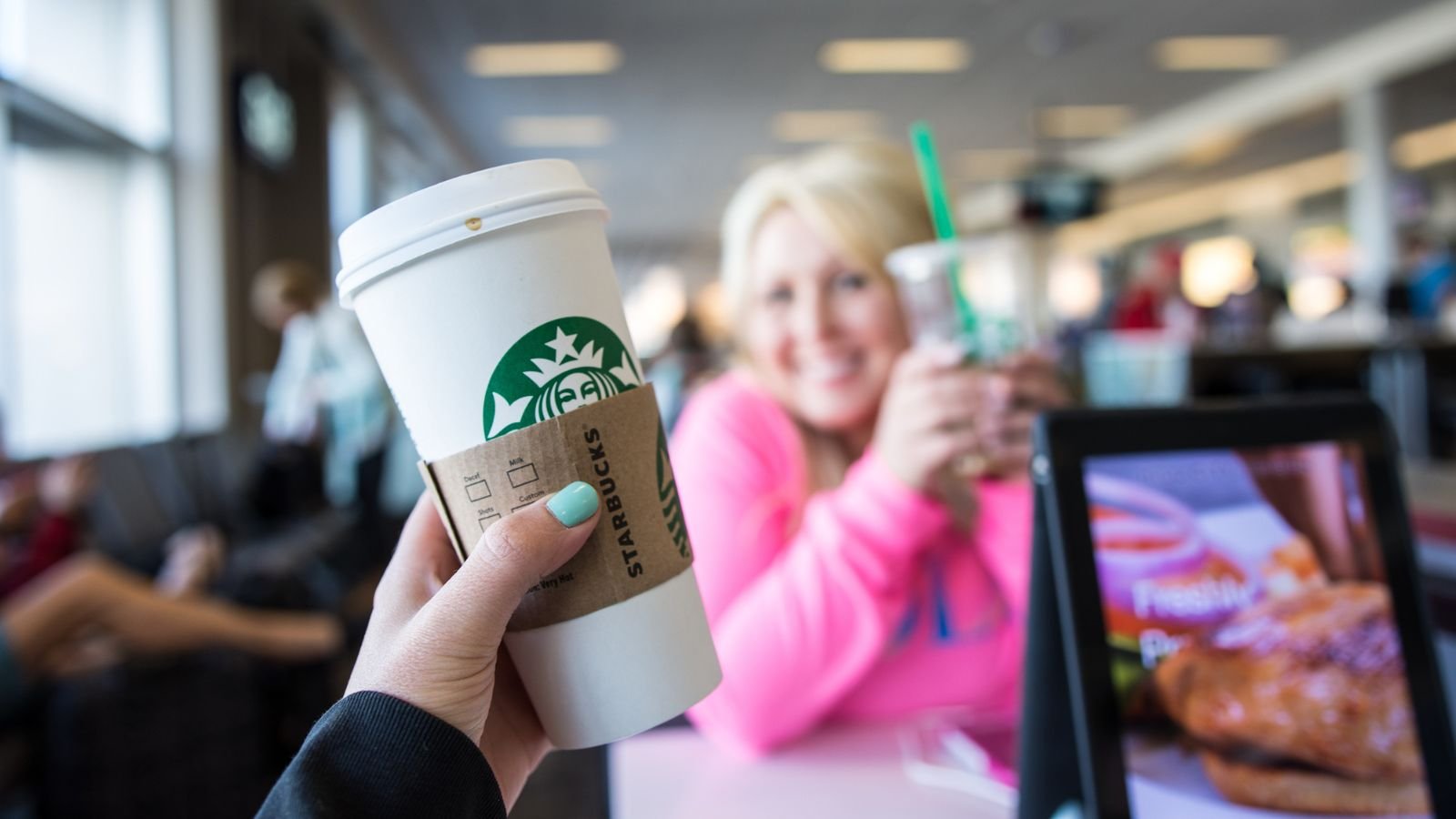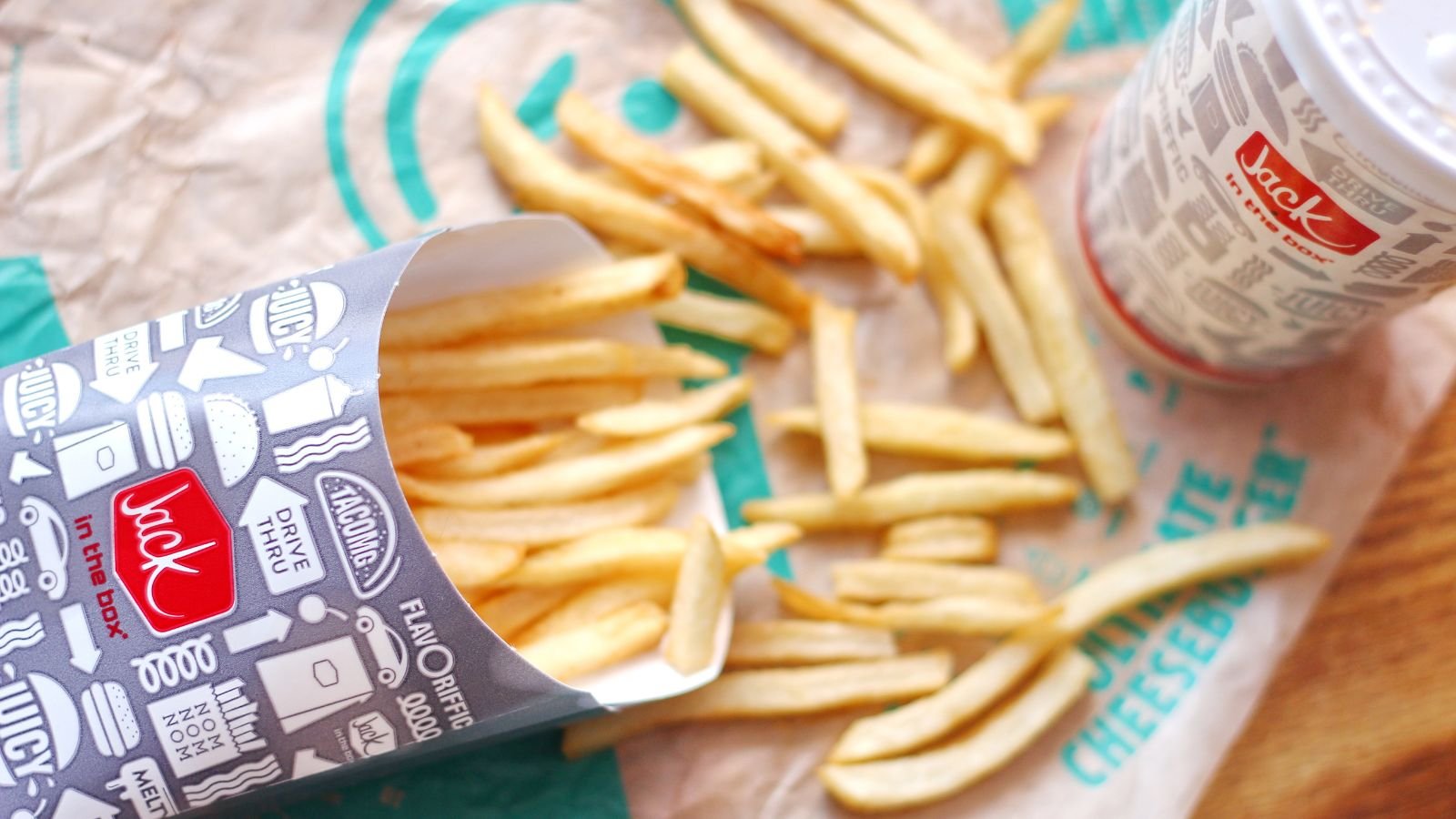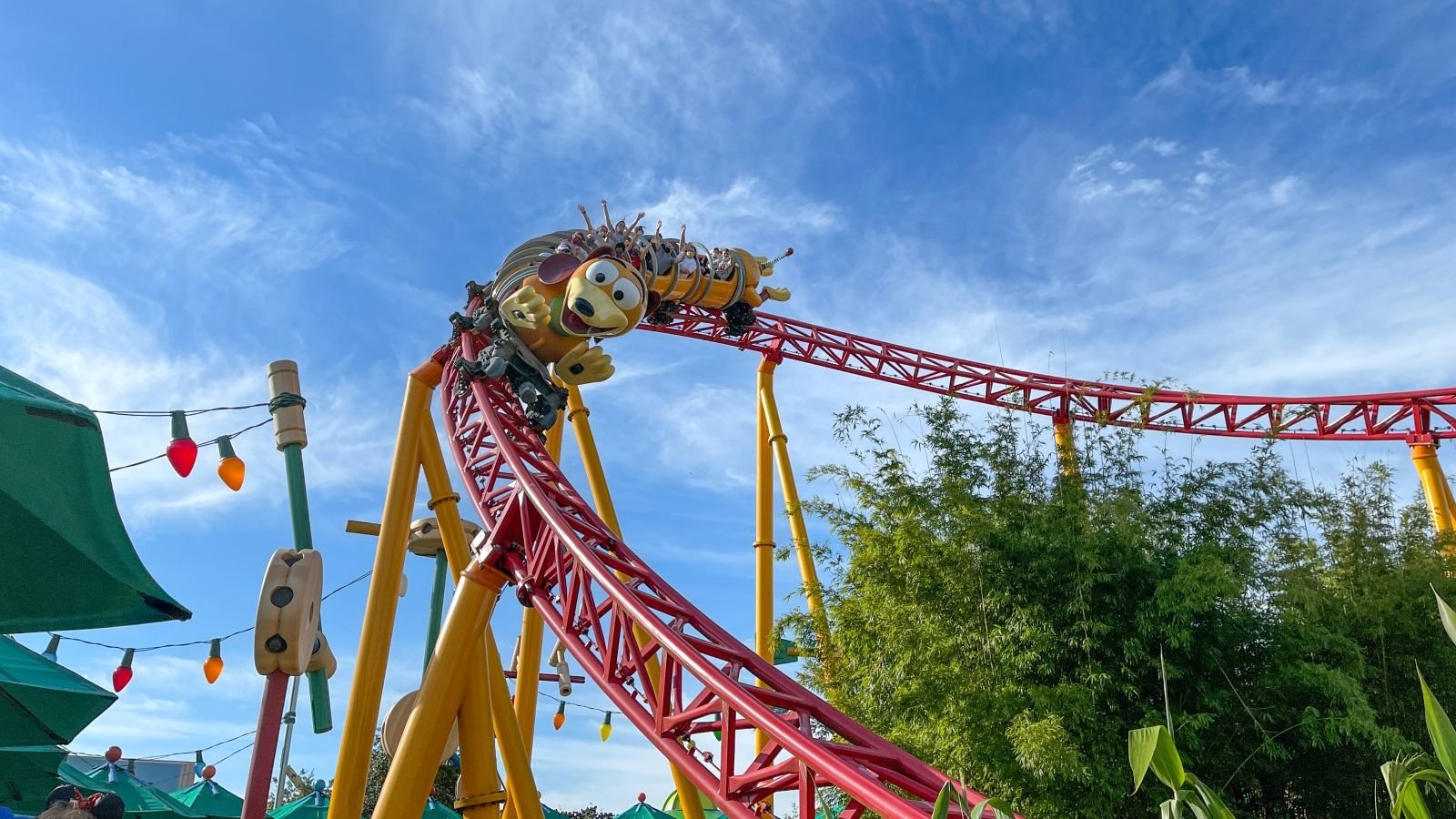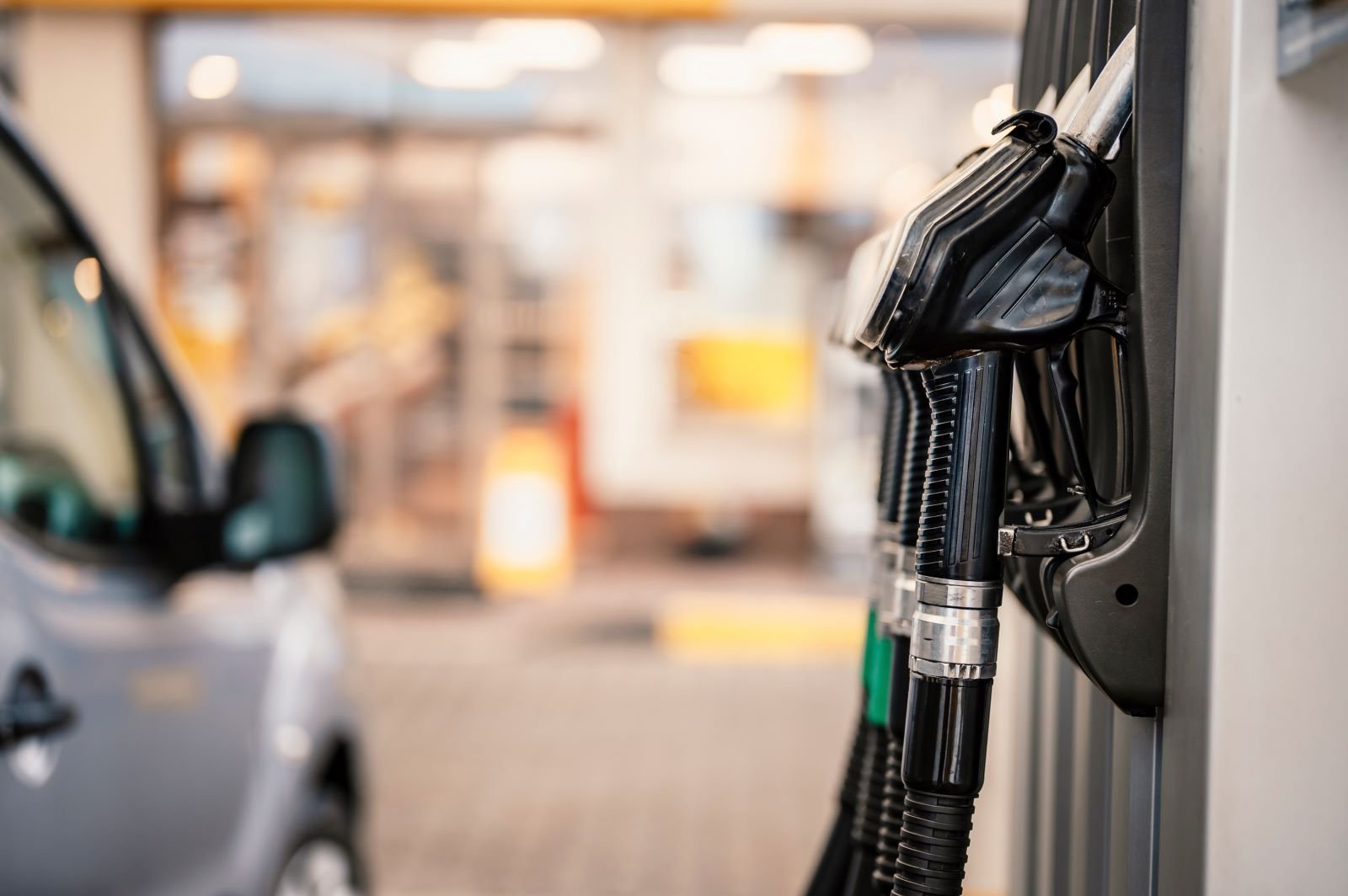Stories of resilience and remarkable comebacks mark the business landscape. This article focuses on 25 businesses that defied the odds and made extraordinary recoveries.
American International Group (AIG)

AIG’s collapse during the financial crisis is a reminder of market volatility. The company narrowly escaped failure during the financial crisis because of a government bailout. The support helped AIG recover and regain its status in the insurance market, highlighting the effectiveness of strategic changes and external assistance.
International Business Machine (IBM)

In 1992, IBM recorded a $5 billion loss, setting a record for the most significant loss ever by an American company. Their comeback, however, is a testament to the power of reinvention. The tech giant undertook drastic changes like laying off 100000 employees, letting go of the rigid corporate culture, and more in its business model and corporate culture to emerge as a revitalized force in the technology sector post 2015.
Starbucks

After their rapid rise, Starbucks faced a critical crisis during the 2008 economic recession. The return of the former CEO, Howard Schultz helped the chain recover. He emphasized on customer engagement and new business strategies, driving a successful comeback.
Jack in the Box

The 1993 E. coli outbreak was a critical point for Jack in the Box, threatening its existence. The company’s response was to focus on stringent safety standards and a revamped marketing strategy. This helped them successfully restore their reputation and customer base.
Chrysler

During the 1970s oil crisis, Chrysler faced significant struggles. The government stepped in to help, a move that became a pivotal moment in Chrysler’s history. This support led to a revitalized business strategy focusing on compact cars and minivans that proved to be a hit.
Apple

Apple’s comeback story is one of the most extraordinary in the tech world. When it was on the verge of bankruptcy, Microsoft invested millions in it which helped Apple survive. After this, Steve Jobs took the lead and the company reinvented itself with innovative products like the iPod, iMac, and more. This transformation made Apple a leading force in global technology.
Marvel

Back in the nineties, Marvel faced bankruptcy and struggled with its direction. Marvel then took a significant step by creating its studio. This move was a major success, leading to an acquisition by Disney. This partnership began a new era of blockbuster movies for Marvel.
Delta Airlines

After filing for bankruptcy in 2005, Delta Airlines successfully returned to the airline industry. The company restructured strategically and improved its customer service. This move helped them reclaim their status as a top airline.
General Motors

In 2008, General Motors faced a financial crisis and filed for bankruptcy in 2009. They recovered with a government bailout and restructuring. By 2010, GM was thriving again. As of the third quarter of 2023, GM reported a net revenue of $44.1 billion, underscoring its ongoing success in the industry.
LEGO

In the early 2000s, the famous toy brand LEGO, faced financial difficulties. The company made a comeback by improving its operations and refreshing its brand. New toy sets and a blockbuster movie were a hit. This strategy helped LEGO regain its position as a top player in the toy industry.
Best Buy

Best Buy adapted to the rise of online retail by changing its focus. The company embraced a customer-centered and experience-based retail approach. They shut down failing stores, introduced exclusive products, and integrated their offline store products with online stores for a better experience. This shift kept Best Buy competitive in the fast-changing retail environment.
Hostess Brands

Hostess Brands’ journey after its 2012 bankruptcy showcases brand resilience. The company, known for Twinkies and other snacks, was restructured under new ownership. This change led to the creation of a new Hostess Brands entity, which went public in 2016. The original company, now defunct, sold its remaining assets separately. This move kept the brand alive in the snack industry.
Kodak

Kodak, once dominant in photography, went bankrupt and shifted its focus to digital imaging and printing. This move was essential for adapting to new technologies. It ensures Kodak’s continued relevance in an ever-evolving industry.
Six Flags

Theme park operator, Six Flags, faced debt issues in 2008, impacting its business. In 2009, the company filed for bankruptcy and was delisted from the stock exchange. By 2010, the company improved its parks, and refocused on customer experience. This led to a successful recovery, and the company relisted its shares, regaining its status in the entertainment industry.
American Airlines

American Airlines’ revival after filing for bankruptcy is a remarkable event in the Airlines industry. The company, along with AMR Corp., filed for bankruptcy in 2011. By 2014, it had merged with US Airways Group, creating the world’s largest airline.
Despite significant costs and settlements, American Airlines became profitable in 2014. They even made a profit in 2020, a challenging year due to COVID-19.
Harley-Davidson

Harley-Davidson faced a shrinking market and responded with a strong comeback. The motor company broadened its product line and updated its marketing to compensate for the loss. This strategy helped Harley-Davidson attract more customers and strengthen its brand.
Sbarro

The American pizza chain, Sbarro, filed for bankruptcy twice, in 2011 and 2014. The 2014 bankruptcy led to the closure of about 182 stores as part of its reorganization efforts. Despite these challenges, the company successfully recovered with the help of private equity and change in the model of working. However, this pizza chain currently operates in more than 600 locations in almost 30 countries.
Converse

Converse successfully recovered from near obscurity, showcasing effective brand renewal. The company regained its fame in fashion and sports by focusing on its classic designs and embracing new market trends.
Texaco

In 1987, Texaco, now part of Chevron Corporation, went bankrupt because of a legal issue. They were in a contract dispute over buying Getty Oil, leading to a huge $10 billion legal payout to Pennzoil. This was the largest civil lawsuit verdict in the US then. Despite this, Texaco recovered it, and Chevron acquired it in 2000. This merger made Chevron one of the largest oil companies in the US and a significant global player.
